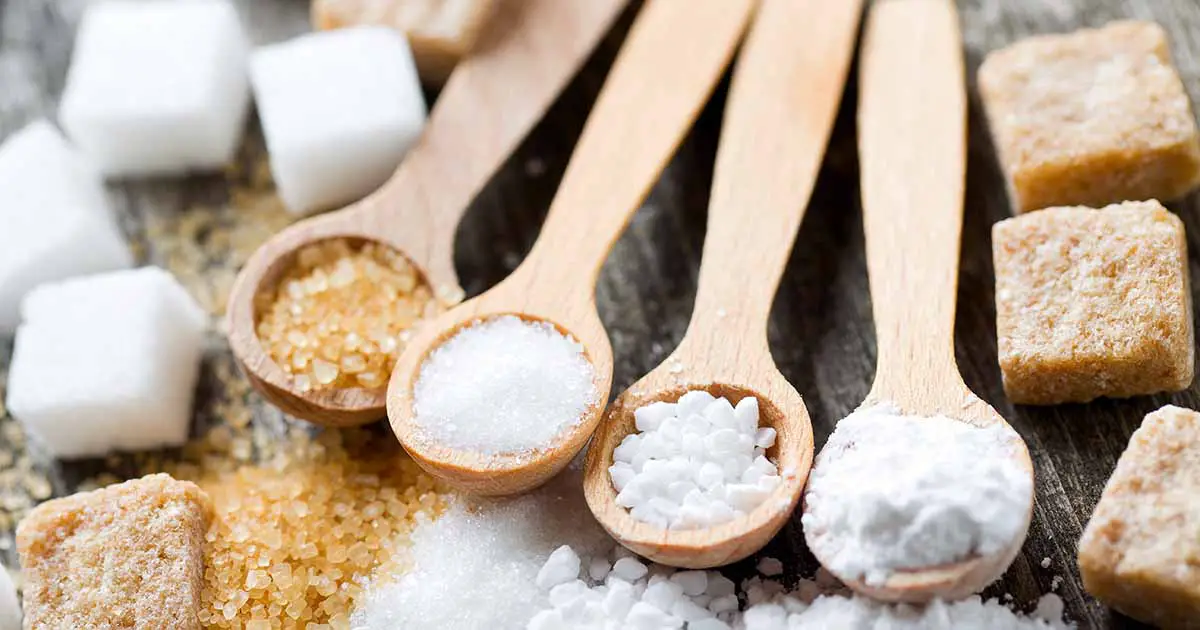The term roasting is given to three different techniques of cooking. In all cases, the term refers to a dry method of cooking involving either the addition of fat/oil or the use of foods with high-fat content. The three techniques are Spit-roasting, Pot-Roasting, and Oven Roasting
Table of Contents
Spit Roasting
This is the traditional use of the term roasting and is only applicable to cooking meats. It could be more accurately described as slow grilling as it involves cooking by radiated heat, on a spit, over a very fierce glowing fire. The meat is prevented from drying out by the constant rotation of the spit which allows the meat to baste itself with hot fat which oozes from the surface.
Pot Roasting (Poêle’)
Pot roasting uses a cooking utensil with a fight fitting lid. It is not a true roast because it uses moist heat. i.e. steam trapped under the lid of the closed utensil. The food is cooked with a vegetable called Matignon and butter (the only type of fat suitable) or mirepoix. Just before it is fully cooked the lid is removed to allow the steam to escape and the dry heat to color the food. The juices and veg are used to make the accompanying sauce. Pot roasting is suitable for duck, poultry, game.
Note: Matignon: An edible mirepoix that is often used in Poele’ed dish. Typically, Matignon includes two parts of the carrot, one part celery, one part leeks, one part onion, one part mushroom, and one part ham and bacon.
Oven Roasting
Food is cooked in an oven by dry heat at quite high temperatures. A small amount of fat or oil is used to stop the food drying out.
Heat transfer: Radiation, Convection, Conduction
Advantages
- Minimal fire risk
- Meat juices from the meat can be used for gravy which enhances the flavor
- Gives a variety to the menu
Disadvantages
- Constant attention is required
- Losses of nutrients like amino acids
Safety Rules
- The correct degree of cooking of meats must be accurately measured to protect the consumer from parasitic worms and pathogenic bacteria.
- Care should be taken when handling oven trays to prevent spillages of hot fat.
- Safe practices should be observed in operational procedures, clothing, and footwear.




